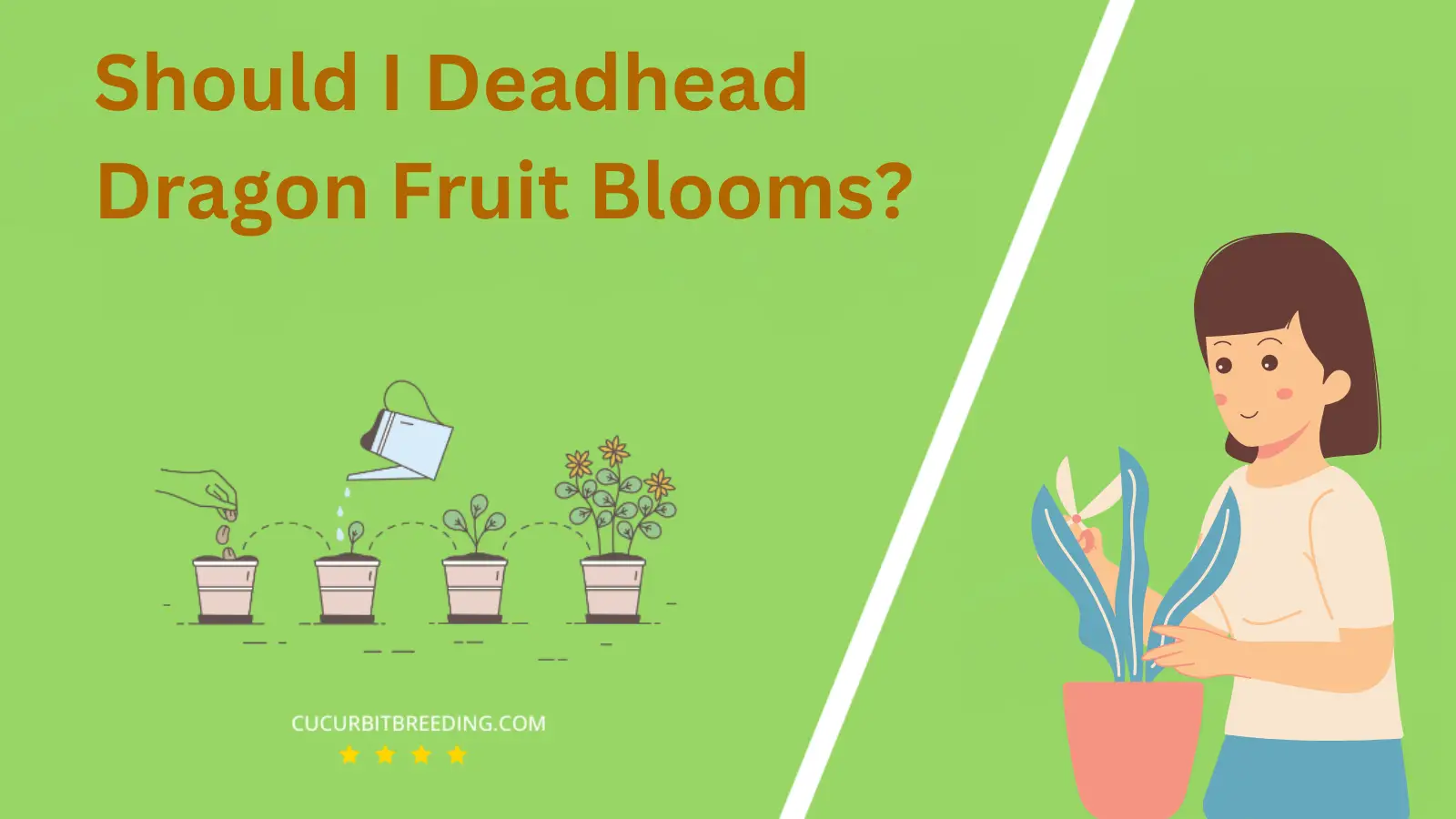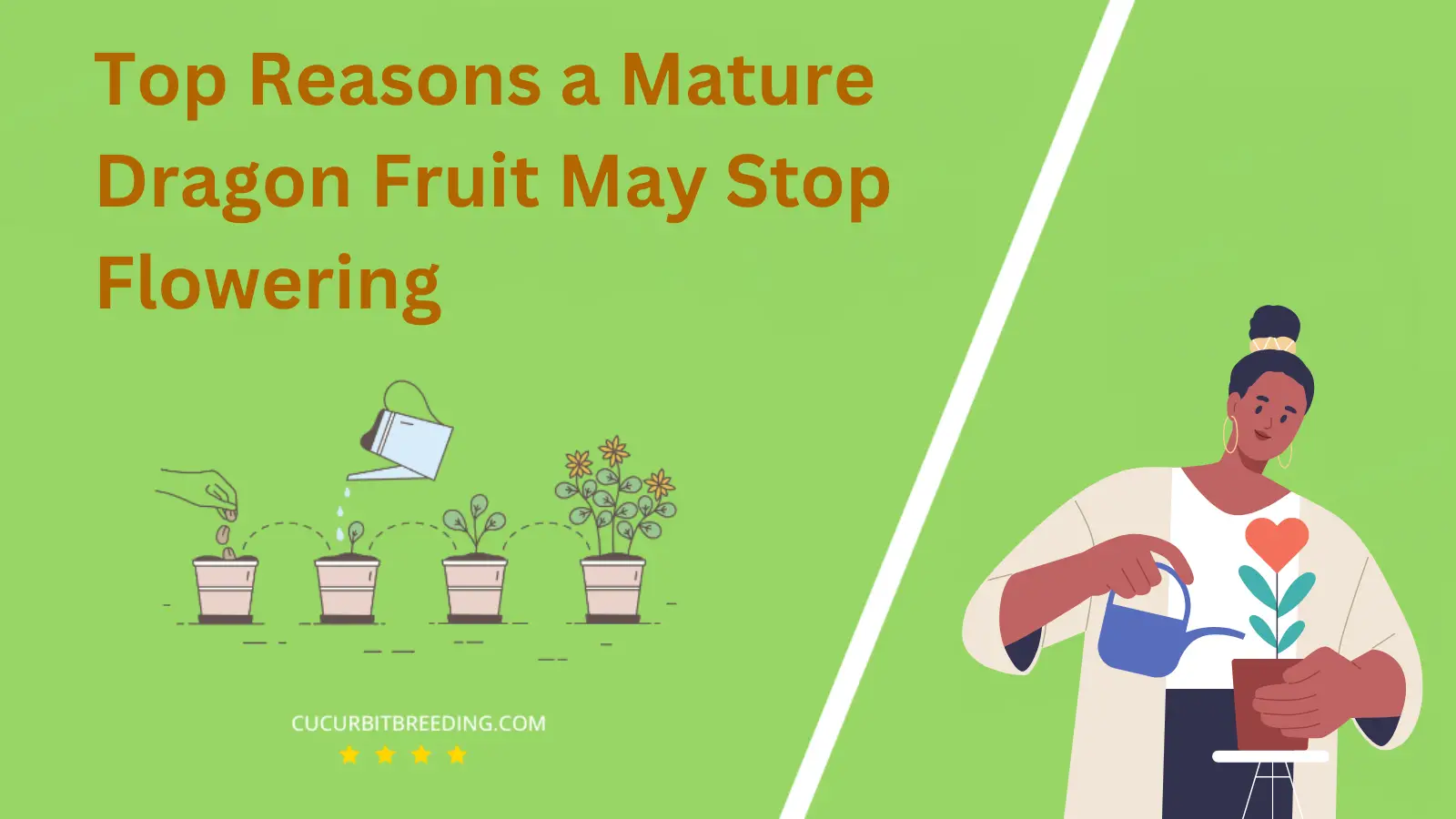
If you’ve ever wondered, when does dragon fruit bloom? then you’re certainly not alone. This exotic fruit, with its vibrant colors and unique shape, is a marvel of the plant world. But how and when does this fascinating tropical delight choose to reveal its stunning beauty?
Understanding the blooming cycle of the dragon fruit can enrich your appreciation for this unique plant and its delicious fruit. Let’s embark on a botanical journey to demystify the blooming process of the dragon fruit.
When Does Dragon Fruit Bloom?
Dragon fruit, scientifically known as Hylocereus undatus, typically blooms in the summer months or early autumn. This cacti family member is known for its stunning and aromatic night-blooming flowers, which typically open in the evening and wither by morning. It’s important to note that the exact blooming time may vary based on specific local climate conditions and care.
| Stage | Description |
|---|---|
| Germination | Varies by climate (spring/summer) |
| Growth | Summer (June, July, August) |
| Blooming | (varies by region) [June-September] |
| Dormancy | Winter (December to February) |
How Long Do Dragon Fruit Bloom?
Dragon fruit, also known as pitaya, typically blooms for a very short period. The blooming period of a dragon fruit usually lasts for only one night. The flowers start to bloom in the evening and stay open until morning. Therefore, the pollination process needs to happen during this period for the fruit to develop.
How Light Affects Dragon Fruit Blooms?
Light has a significant impact on dragon fruit blooms, also known as pitaya. Dragon fruits require full sunlight for most of the day to produce their unique and beautiful blooms. The plant uses this light for photosynthesis, which is vital for its growth and fruit production.
However, too much direct sunlight can cause damage to the plant, leading to sunburnt stems and inhibited growth. Therefore, while maintaining access to sunlight, precautions should be taken to prevent too much direct exposure, especially during the hottest parts of the day.
Additionally, the dark period is also essential for dragon fruit, as it triggers the blooming process. This is why dragon fruit typically blooms at night. In short, a balance of light and dark periods is crucial for the optimal blooming of dragon fruit.
Will Dragon Fruit Bloom in the First Year You Plant It?
Typically, dragon fruit plants do not bloom in their first year. They usually take around 2 to 3 years to mature and start flowering. This is because they need time to grow and establish themselves before they can produce flowers. So, patience is needed when growing dragon fruit plants from the day they are planted.
Will Dragon Fruit Bloom Every Year?
Yes, Dragon Fruit plants will bloom every year. However, it’s important to note that these plants only begin to produce flowers and subsequently fruits once they have matured, which typically takes around 18 months to 2 years. Once mature, they can produce between 4 to 6 fruiting cycles each year, depending on the climate and growing conditions.

Should I Deadhead Dragon Fruit Blooms?
Deadheading, or the removal of spent flowers, is generally not necessary for dragon fruit plants. Dragon fruit plants are cacti and their growth habit is different from those plants where deadheading is typically recommended. In fact, the dragon fruit’s flower is where the actual fruit develops. Therefore, you should not deadhead dragon fruit blooms as it could prevent the plant from bearing fruit.
Top Reasons a Mature Dragon Fruit May Stop Flowering

A mature Dragon Fruit may stop flowering due to several reasons. The most common reasons include:
Inadequate Sunlight: Dragon fruit plants require plenty of sunlight to bloom. If the plant is not getting sufficient sunlight, it may stop flowering.
Improper Watering: Both overwatering and underwatering can lead to a dragon fruit plant not flowering. This plant prefers a good balance of moisture and drainage.
Insufficient Fertilization: Dragon fruit plants need proper nutrients to bloom. A lack of necessary nutrients can inhibit flowering.
Temperature Extremes: Dragon fruit plants are tropical plants and, therefore, sensitive to temperature. Extremely high or low temperatures can cause the plant to stop flowering.
Pests or Diseases: If the dragon fruit plant is infested with pests or disease, its overall health can be compromised, leading to a halt in flower production.